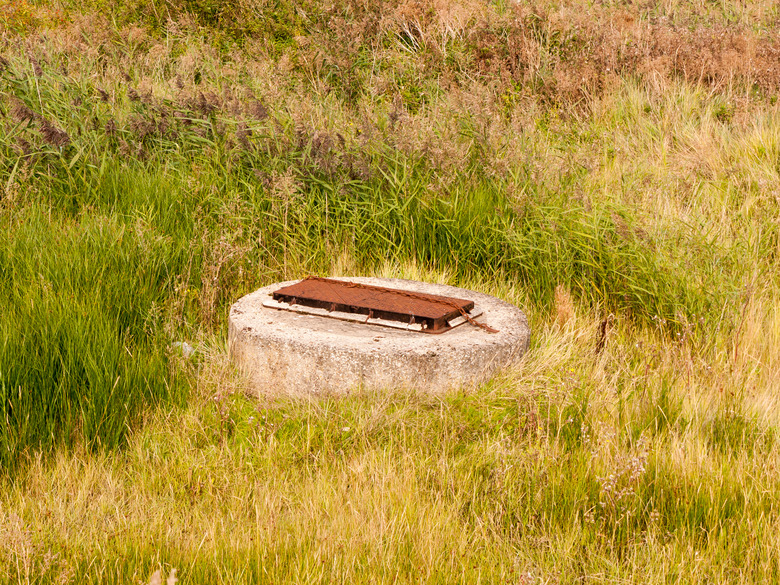How To Add To An Existing Septic Tank
We may receive a commission on purchases made from links.
The size of your septic tank is usually gauged using an estimate of your home's water usage. However, as you undertake home improvements, you may find you need to upgrade your septic tank. For example, an additional bathroom may mean changes need to be made to your existing septic tank.
What Is a Septic Tank?
What Is a Septic Tank?
A septic tank is an underground chamber through which wastewater flows. Having a large enough septic tank is essential for water safety. A septic tank that is too small cannot contain the wastewater. This retention is key to the process of treating the water for safe dispersal into the surrounding ground. Undersized septic tanks are also at risk for clogging pipes and causing minor flooding.
If you're undertaking significant home improvements which will have an impact on your household water usage, you will need to consider your septic tank. To safely and effectively treat your wastewater, it may be necessary to add another septic tank.
Bathroom Addition Septic Tank
Bathroom Addition Septic Tank
One of the foremost reasons for upgrading a septic tank is the addition of a bathroom, sometimes in a basement. This boosts property value and allows you to make better use of a your basement space. To safely treat the extra wastewater, you'll need to connect it to your septic tank.
If you're installing a basement bathroom with a septic tank, consider whether your home's septic lines are deep enough. You'll also need a plumber to help you determine potential flow-rate, and you'll need a special valve to prevent potential sewage backups. You'll need to consider the type of toilet you want to install. Pressure-assisted and up-flushing toilets tend to make good choices for a basement bathroom.
Before undertaking any changes to your septic tank, it's important you contact your local authority.
Adding and Connecting Septic Tank
Adding and Connecting Septic Tank
The simplest way to add to your septic tank while remaining connected to existing sewer lines is to simply add an additional septic tank. This gives your home a larger wastewater capacity and gives your septic system more time to treat the wastewater before draining. If you're adding a septic tank, first determine correct placement which should be between your current tank and your drain field (sometimes called a septic field line).
Excavate the ground for your new septic tank, using the dimensions of your septic tank as a guide. Use an excavator to make an adequately sized hole. Make sure you take special care around the outlet of the older septic tank, using a wire brush to properly clear this area.
Use a 4-inch pipe to connect the two septic tanks. Place this pipe into the inlet hole of your new septic tank before you lower it into the ground. After you've lowered your new septic tank, insert the other end of the pipe into your old septic tank's outlet hole. The pipe should hang over the two tank interiors by around 2 inches.
You can then refill the hole around your new septic tank with soil. Check the compactness of your soil using a vibrancy soil compactor.
